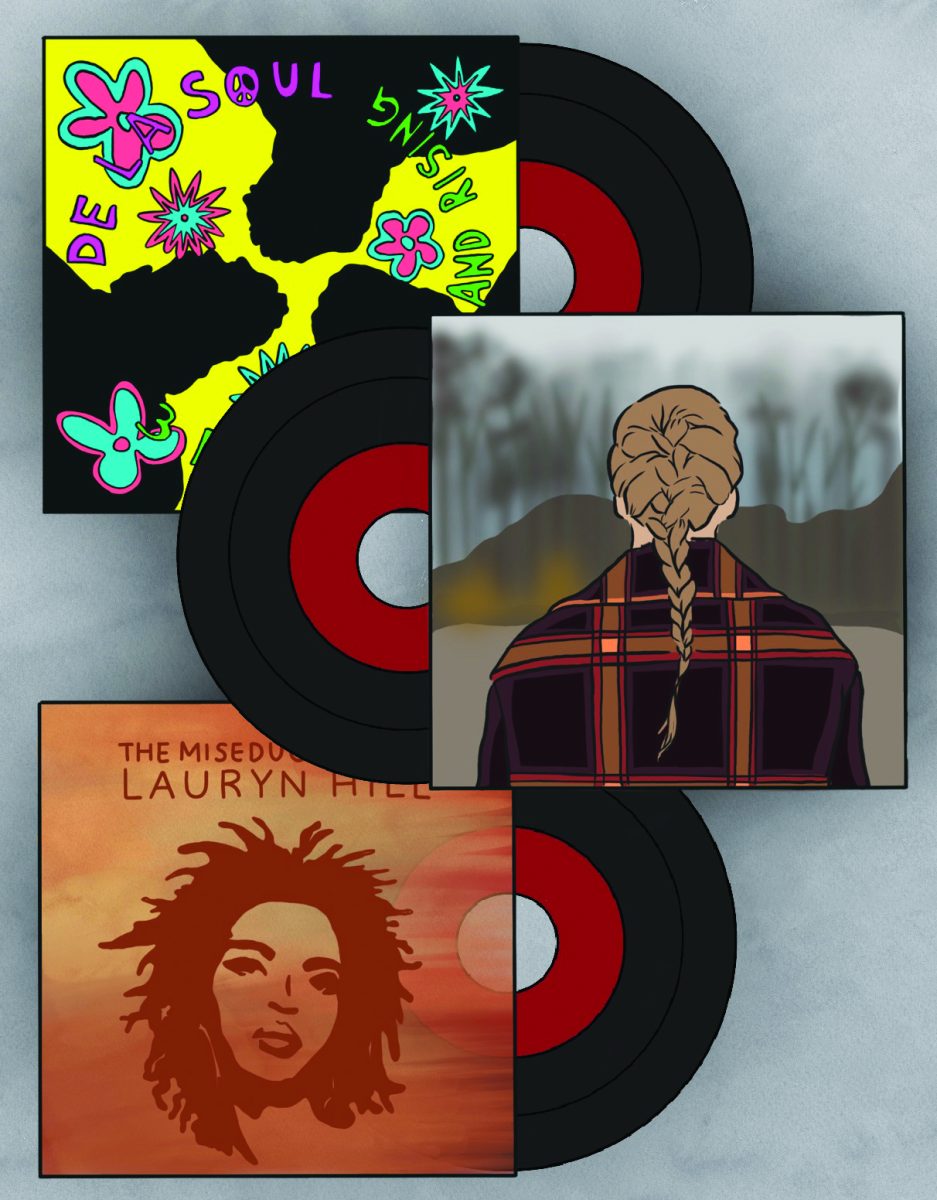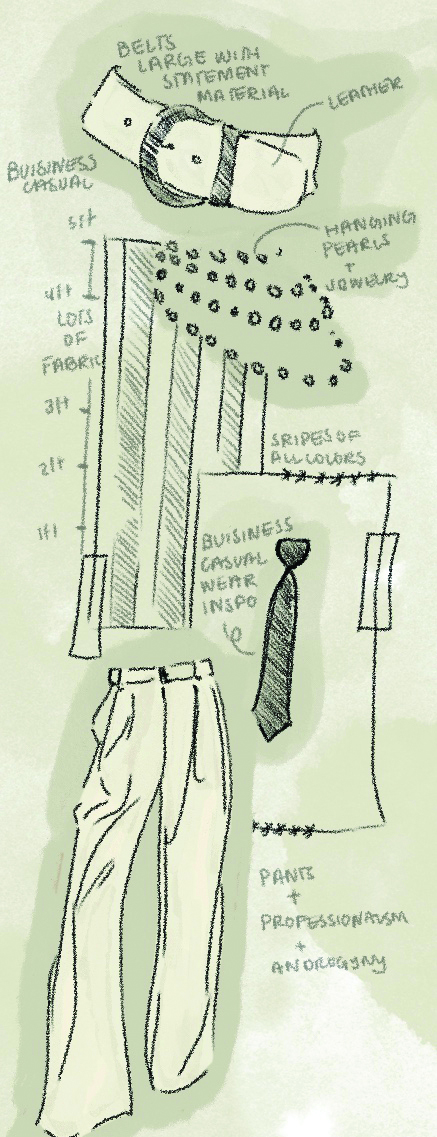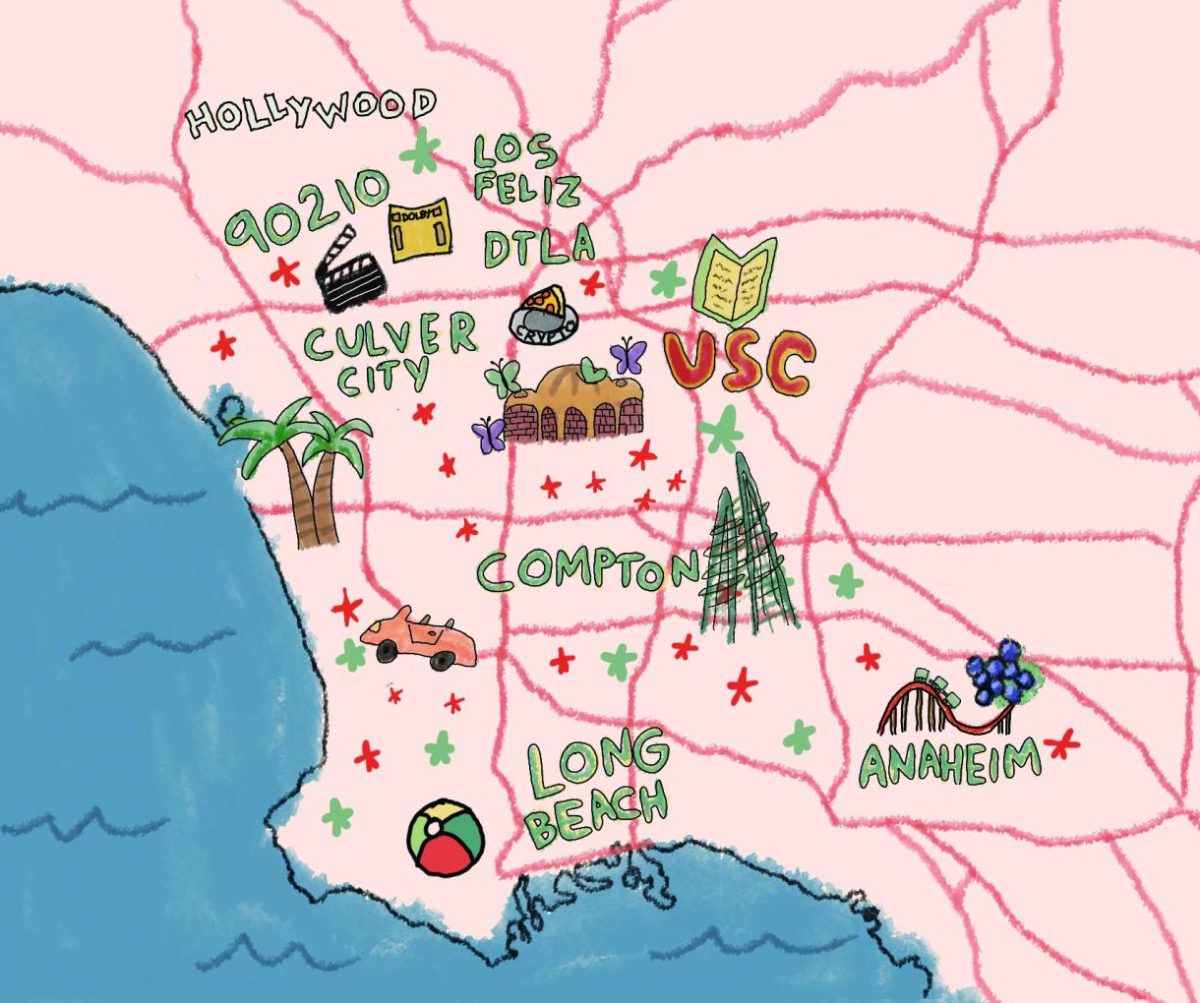Taryn ’15 is the fourth generation on her mother’s side and the fifth generation on her father’s side to make one hundred pounds of sticky rice cakes, known as mochi, every year for the Gregorian New Years.
Taryn is the youngest member of her Japanese-American family to make mochi, which symbolizes strength and luck for the New Year in Japanese tradition. Her extended family comes together after Christmas to make mochi in bulk, both to eat themselves and to give to friends who don’t have the opportunity to make fresh mochi at home.
“I find it a fun way to get together with my family and also a great way to learn more about my culture,” Taryn said.
Taryn’s grandmothers began the tradition when they were little girls. As time passed, however, most relatives no longer had enough time. Seventeen years ago, Taryn’s father, Cary, suggested re-starting the tradition with his family in the United States after realizing the cultural value it would have for the growing third generation of family members.
The family now gathers each year to make mochi.
“I do believe it is valuable to carry on family traditions. I hope to expose my children to their culture, and to share my experiences with them,” said Tammy, Taryn’s mother.
Mochi is a block or ball of pounded rice eaten with sugar or soy sauce or added to ozoni soup of dandelion greens, mushrooms, and slices of fish cake.
Sounds simple, but when taken into account how finely you need to pound the rice and how time consuming it is to pound one hundred pounds worth of rice, mochi-making becomes a hard task.
For Taryn, the hardest part in the mochi-making process is making the mochi “smooth, round, and flawless.” Taryn said pounding the rice is very difficult, so her family invested in an automatic pounder.
Taryn’s favorite part of the process is eating.
“There’s nothing compared to eating a fresh, hot mochi,” she said.
While mochi can be eaten as ice cream, Taryn said it’s really good to eat soft, chewy mochi when it’s warm and fresh.
Taryn said on a personal level, making mochi with her family means that she is carrying on a tradition while most Japanese people she knows just buy mochi.
She said she wants to continue the tradition with future generations “so that it will not be lost throughout the years.”
How to make Mochi
Not everyone has the time and the electric pounders to make traditional mochi the same way the Akiyoshi family does. Mrs. Akiyoshi shares a shortcut recipe that does not require any steaming or pounding. It’s sweetened and resembles the topping at Pinkberry or the outer layer of a mochi ice cream. You would not put this in ozoni, one of the main dishes in Japanese New Year’s celebration, but rather eat it as a confectionary treat.
INGREDIENTS
1 box mochiko – sweet rice flour sold at any Asian market
1-3/4 cup sugar
2 cup water
2 drops food coloring (optional) – common colors are light pink or light green
STEPS
1. Blend mochiko and sugar.
2. Gradually add water.
3. Stir and blend well.
4. Add 2 drops food coloring
5. Pour into 13×9 inch pan.
6. Cover with foil and seal.
7. Bake at 300 degrees for 50 min.
8. Cut 1×2 inch rectangles while warm.
9. Use additional mochiko or cornstarch on top and sides of mochi to prevent the pieces from sticking together.









